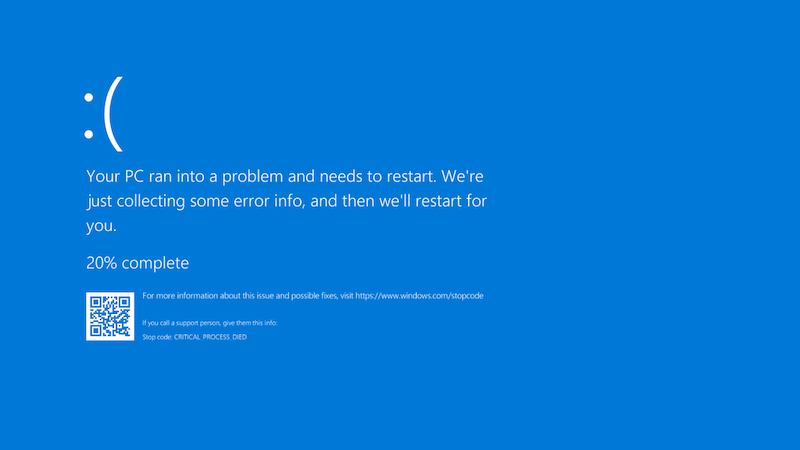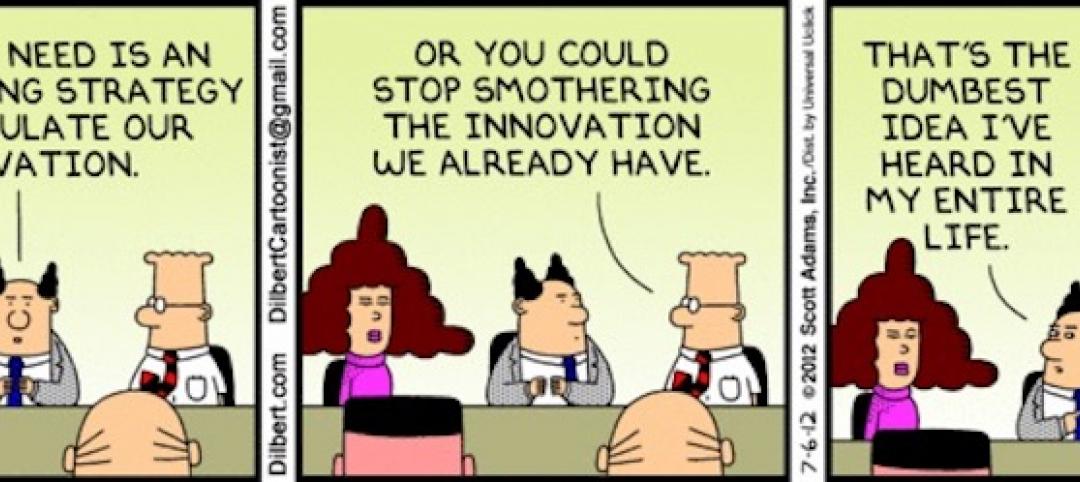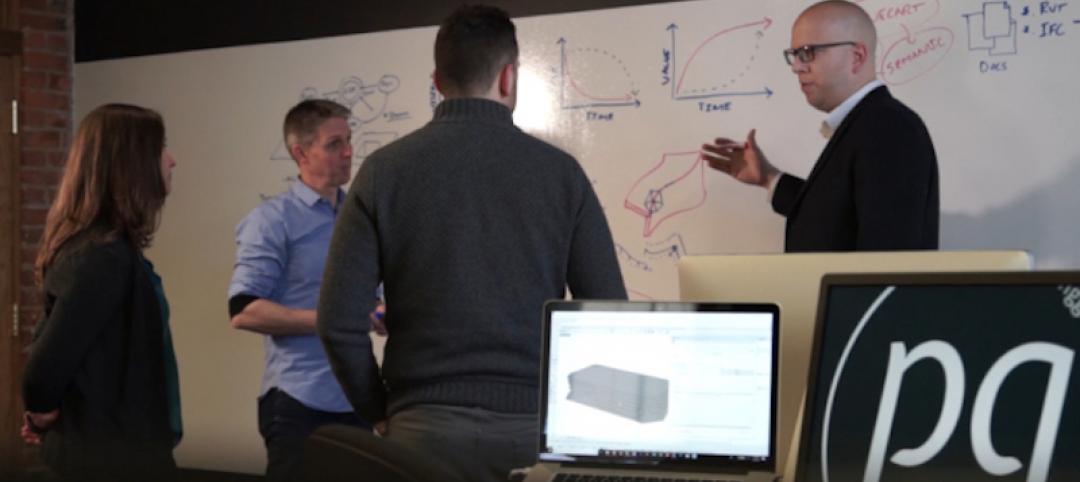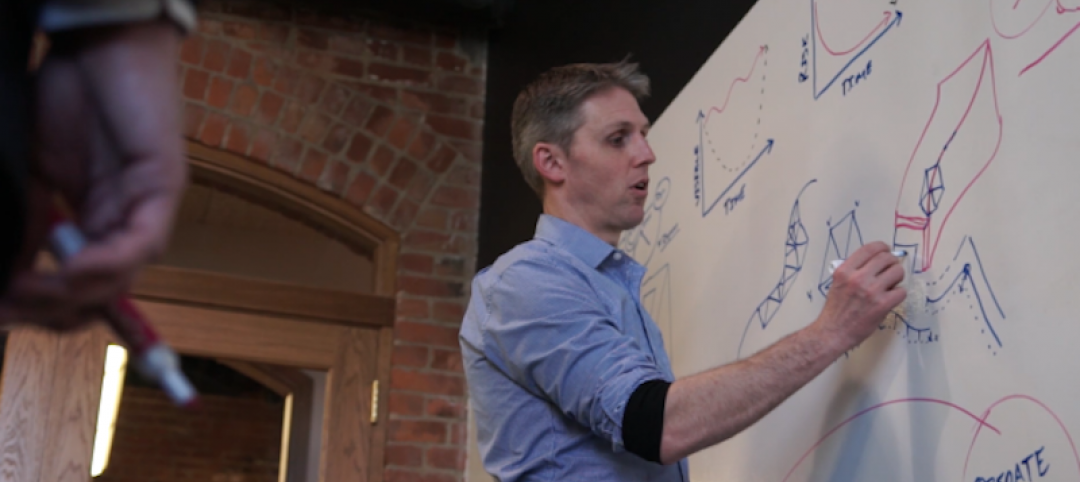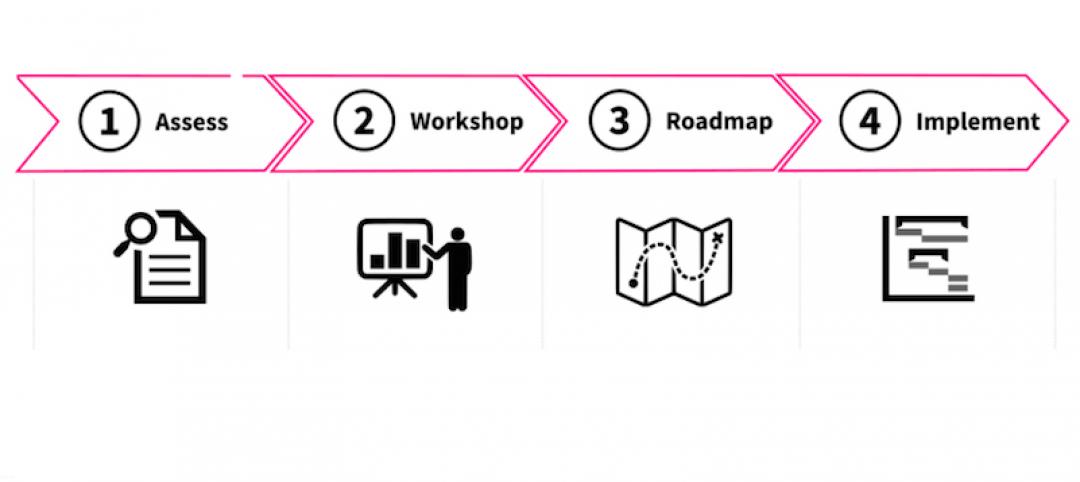Computers are hard – I am quickly reminded of this whenever I have to help one of my parents troubleshoot a computer problem. “Gosh, mom, learn how to use a computer!” I usually think to myself. Yet, even for me, I’m sometimes left scratching my head at finding a solution for getting a printer back to working order. For many – beyond web browsing and checking email – computers have remained difficult black boxes used out of a necessity or requirement.
Sure – computers today look nicer, the experience using them has improved, and we can do exponentially more with them following Moore’s law. But my central observation remains: computers are still hard to use. I’ve been reflecting on this topic – among others – as office-based businesses rapidly had to adjust to work-from-home setups in the era of COVID-19.
While we have come a long way in being able to provide teams with virtual IT support, ultimately conducting business from a home office puts more onus on the computer user to be self-sufficient with their technology. The ease or difficulty of a particular technology greatly plays into the topic of self-sufficiency and it got me thinking – are building professionals equipped for the changes in front of them?
Which brings me to the topic building design technology…
If fixing my mother’s broken printer driver is an inconvenient detour on a neighborhood stroll, using Revit is climbing Mount Everest without equipment.
Disagree?
Consider the adoption curve architects and construction professionals have been on with BIM: it has been 18 years since Autodesk acquired Revit Technology Corporation and yet a visit to a digital design conference (remember those, fellow quarantiners?) will reveal continued discussions about the challenges of staff training, low levels of standardization, and labyrinthine project workflow diagrams.
Easier does not mean ‘not hard’
You may be asking “But aren’t our industry’s design tools getting easier relatively speaking?” Yes – but “getting easier” is not equivalent to “not hard.” Revit has seen many UI and feature improvements that have arguably made some things easier over time – but it remains a very difficult program to learn and use.
If core capabilities required for project delivery were getting substantially easier I would expect a few things to happen:
- Less reliance on specialists and support infrastructure.
- Less need for intensive and ongoing training to use core technology.
- Lower software costs as technology gains greater adoption.
- Greater empowerment among professionals to be self-sufficient.
If we map these expectations relative to BIM technology, you find the opposite in almost every point. The need for specialists is growing, the need for training remains a constant expenditure, software costs are going up thanks to subscription models, and professionals continue to experience a great deal of daily pain and need support troubleshooting.
Some things have become easy
In visiting many design studios over the years, one subset of technology has observably hit on my four points above: visualization and rendering. When I was a designer, getting a passable rendering ready for a presentation was quite a chore. Depending on your target resolution and quality requirement, it may have taken hours or days to finish rendering an image – even before post producing it!
When VR started to become popularized, many firms invested in getting their own equipment and setting up their infrastructure to make use of the tools. In a matter of a few years, however, I began to hear from many designers rave about new visualization tools. My wife – an architect – loves Enscape. In one click, she can get a nice image to show to a client or perform a real-time walk-through with minimal effort. My wife is not a technology wizard or a visualization expert, the visualization software is quite cheap, and she could learn it on her own. A stark contrast of near 2 decades of Revit use which she still wrestles with on a daily basis.
Making things easy is really hard
All of this is not to say that making things easy is easy. Making buildings is hard work – and much harder than producing a rendering. By extension, making the tools for creating buildings easy is arguably some of the hardest development work out there. Furthermore, “easy software” for building design may only be perceptibly easy because of all the “hard stuff” it leaves out (I’m looking at you, SketchUp).
For example, the ability to develop custom automation to reduce tasks requires the developer to understand the workflow and pain points of the end user. Creating new interfaces that make complex things easy can take multiple development cycles, assumptions, and testing to achieve. These challenges are only exacerbated in building design technology where processes are messy, culture is change adverse, and the work is high risk.
It’s often a point of debate in my circles: are the tools hard because making buildings is hard? Or is making buildings hard because the tools are hard? Or does the difficulty exist somewhere in-between a turbulent feedback loop between the industry and the technology that supports it?
What should be easy?
Okay, so computers are hard – and building design tools are especially hard. What should be easy? Like the example trajectory I observed with VR and real-time visualization, here are three things we are looking at in our service and product offerings:
- Workflows and compatibility should be easy. The labyrinth of file format exchanges, intermediary file formats, and the need for advanced skill sets should not be the status quo – designers need to move their geometry and data with as little headache as possible.
- Managing building data should be easy. Everyone needs data. Much of our building data remains locked up in walled gardens of proprietary interfaces. Integrating, accessing, aggregating, and manipulating building data should be a baseline capability for building professionals.
- Visualizing building data should be easy. This is admittedly getting easier – business intelligence tools, like the VR trend, is making the creation of interactive reports and dashboards extremely accessible to many. However, in the space of buildings, flexible visuals representing space tied to analytics is still in its infancy.
This is merely a subset of topics we’re grappling with and there are many more. Of course, as we continue to work through solutions in this space, this familiar cliche seems especially relevant: easier said than done.
More from Author
Nathan Miller | Nov 26, 2019
Free Generative Design – A brief overview of tools created by the Grasshopper community
For over 12 years, a digital design community made up of professionals, researchers, and academics sprung up around Grasshopper.
Nathan Miller | Nov 11, 2019
Are you creating a culture that is toxic to innovation?
Why are good designers, talented technology experts, and architects leaving practice? Why won’t they stay?
Nathan Miller | May 14, 2018
4 tactics for our digital transformation
While our technology is becoming more advanced, the fundamental processes at the core of design and construction businesses have largely remained unchanged for decades.
Nathan Miller | Mar 7, 2018
Interoperability for the building industry – More wicked problems
This article is a follow up to Nathan Miller's 2016 article “The Wicked Problem of Interoperability”.
Nathan Miller | Dec 22, 2016
The success of your data strategy depends on healthy business practices
Data and digital tools are an absolute given to today’s building design and construction process. But creating a true data-driven workflow requires more than just a solid strategy, writes Proving Ground’s Nathan Miller.
Nathan Miller | Aug 22, 2016
The wicked problem of interoperability
Building professionals are often put in a situation where solving problems with the ‘best tool for the job’ comes at the cost of not being able to fully leverage data downstream without limitation, writes Proving Ground's Nathan Miller.

